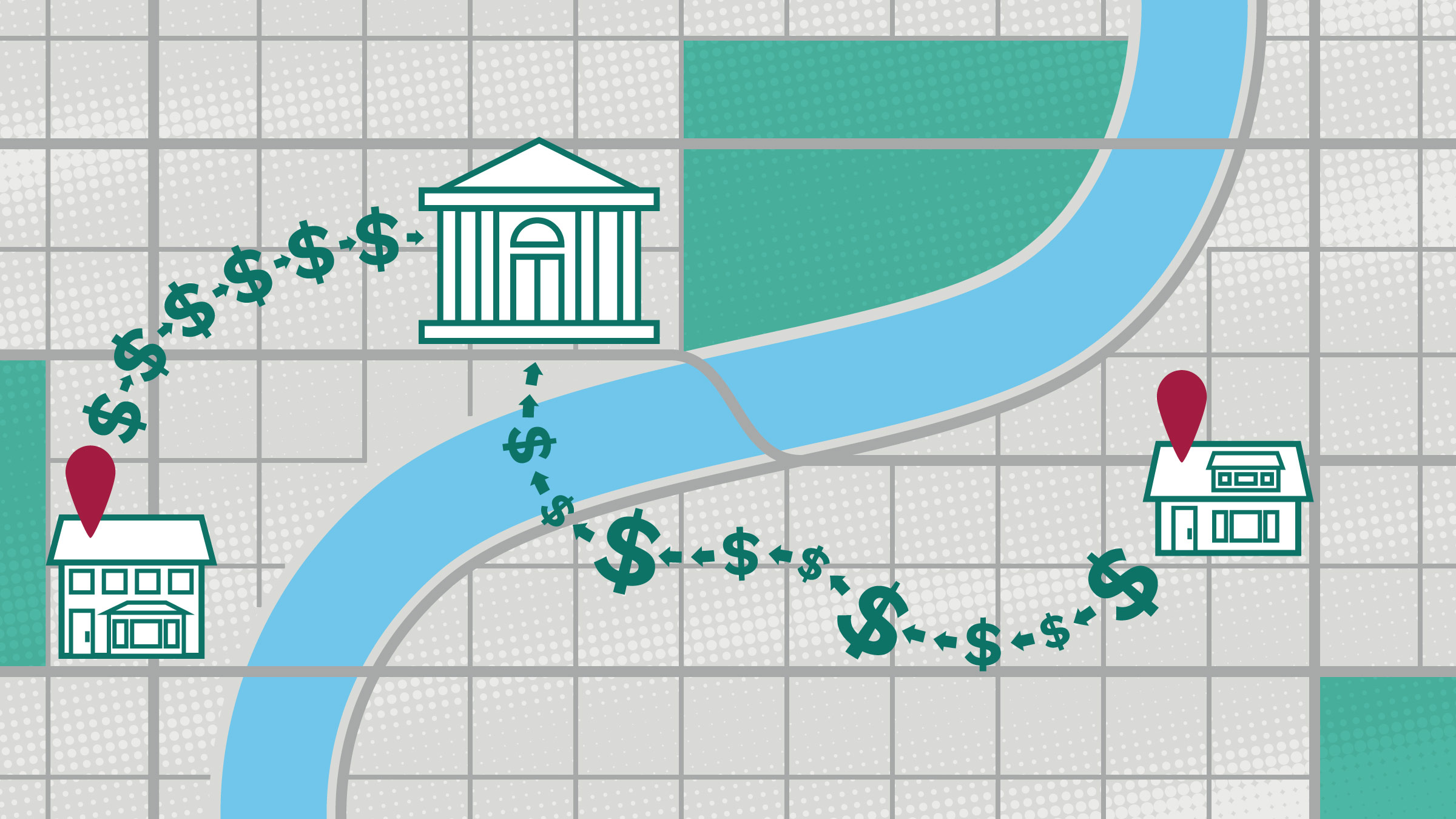Abstract
This paper is motivated by a variety of empirical observations on the comovements of currency velocity, inflation, and the relative size of the “credit services” sector. By the credit services sector we mean the part of banking and credit sector which provides alternative means of transactions to using currency as well as other services which help people economize on currency. We incorporate the credit services sector into a monetary growth model. Our model makes two specific and new contributions. The first is to show that direct quantitative evidence on the welfare cost of low inflation using measures of the relative size of an appropriately defined credit services sector for the U.S.—essentially the cost incurred by banks and credit unions in providing demand deposit and credit card services—is consistent with the welfare cost measured using an estimated money demand curve following the classic analysis of Bailey (1956) and the more recent analysis of Lucas (1993). Both of these measures amount to about 0.5 percent of GNP. The second contribution is in providing welfare cost of inflation estimates over a range of inflation rates which have some new features. We find that the total welfare cost of inflation remains bounded at about 5 percent of consumption.





